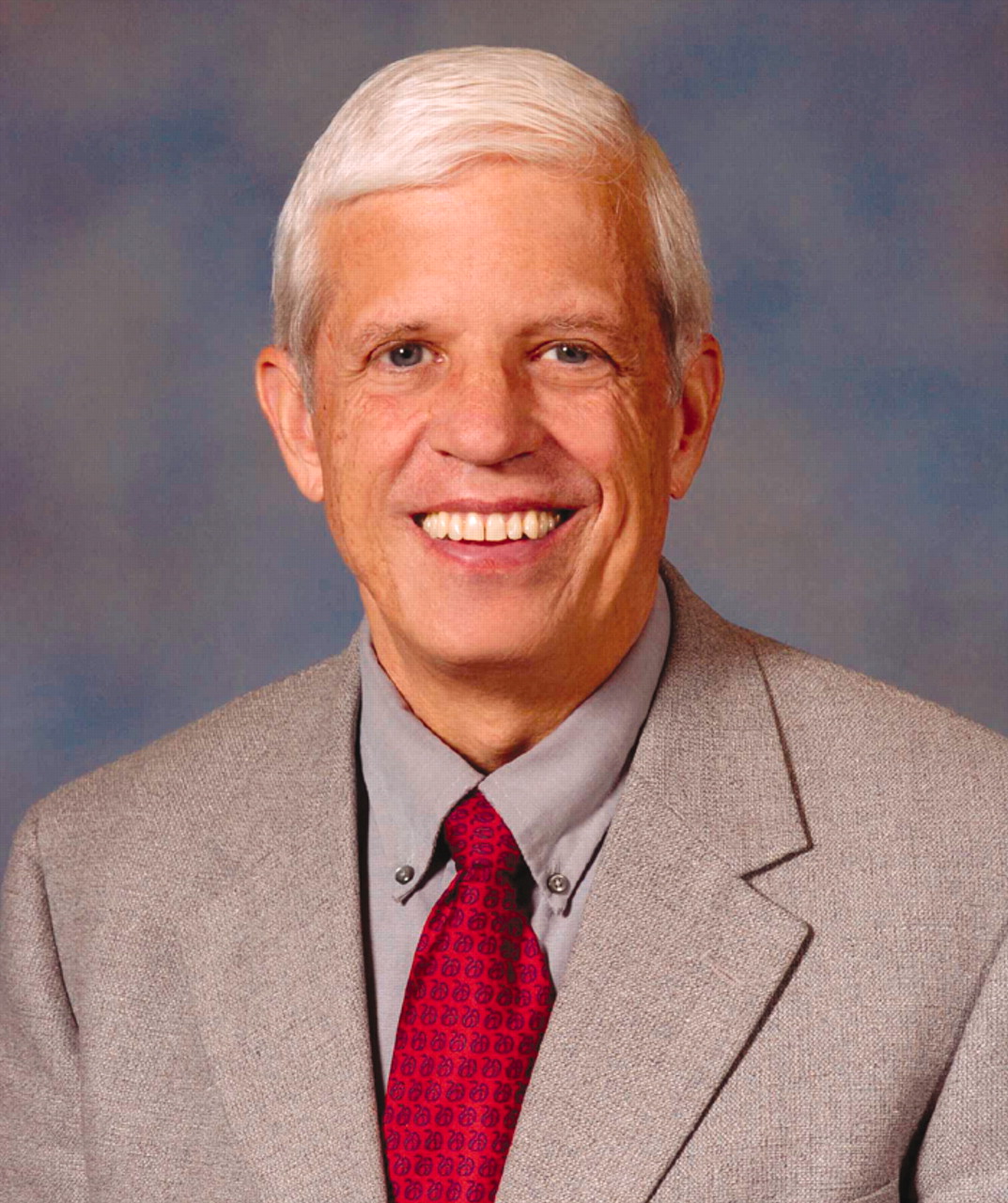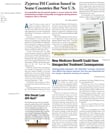The American Association for Geriatric Psychiatry (AAGP) held its 18th annual meeting last month in San Diego, bringing together more than 1,000 psychiatrists specializing in the mental disorders of late life.
Under the theme “Waves of Change: Today's Research, Tomorrow's Practice,” clinicians and researchers chose from nearly 60 sessions over four days, digesting the latest research findings on topics such as Alzheimer's disease and other dementias, late-life depression, bipolar disorder, and schizophrenia.
Yet the overarching focus of the gathering was the immense challenges the field faces in the coming years with the inevitable graying of the baby-boom generation.
“We are at a critical juncture in our field,” said Dan Blazer, M.D., Ph.D., the J.P. Gibbons Professor of Psychiatry and Behavioral Sciences at Duke University School of Medicine. Blazer assumed the presidency of AAGP during the meeting from Anand Kumar, M.D.
“The baby-boomer generation is moving into later life and carrying a significant burden of mental illness—more than current elders,” Blazer noted in the presidential plenary session. “We have and are continuing to develop effective therapies for some major psychiatric disorders, but we need many more skilled practitioners to treat this new and growing population. We also need a strong advocacy base of those who can speak firsthand to our key audiences about the burden of a psychiatric disorder.”
Field Faces Middle-Age Blues
Geriatric psychiatry, Blazer contended, is in the process of maturing.“ We are getting older,” he said, “but not old.” The birth of the subspecialty, he recounted, occurred in the latter half of the 1950s with psychiatric involvement in the classic longitudinal studies such as the Baltimore Longitudinal Study and Duke Longitudinal Study. During the 1960s and 1970s steps were taken to cement the subspecialty, as the first training program was established at Duke in the mid-1960s. By 1977 Alzheimer's disease was formally recognized, and the National Institute of Mental Health awarded its first career award for aging research. AAGP was founded the following year.
While the field has grown significantly since then—from 1991 to 1996, 2,360 certifications were granted by the American Board of Psychiatry and Neurology in geriatric psychiatry—the field now faces significant“ middle-aged” challenges. Most significant is the continued production of psychiatrists trained in geriatrics. Blazer reported that of the annual mean of 104 graduates from geriatric psychiatry training programs, only 46 percent seek certification.
“While the field is growing, we may have reached a steady state,” Blazer said, “and we need to be concerned about `pipeline' issues.”
He noted several questions that are facing the field. Has the number of psychiatrists who identify themselves as geriatric psychiatrists reached a plateau? Have geriatric psychiatry training programs reached a plateau in the number of applicants and acceptances? Have the amount of research funding and number of research ideas flattened? And is geriatric psychiatry fighting an increasingly uphill battle for adequate reimbursement for services?
Difficult Challenges Must Be Faced
“We obviously are facing some major challenges as a field,” Blazer told Psychiatric News. “And we have identified a number of areas we'll be working on in the coming year.”
The organization's advocacy efforts will continue with a strong push for parity for mental illness coverage. AAGP will also continue to support maintaining the research budget of the National Institutes of Health.
“And obviously,” Blazer added, “we'll be advocating for keeping Medicaid funding up, because so much of long-term care in this country is supported by Medicaid.”
But strategically, he explained, “we've tried to do all this in the past in terms of making surgical strikes—[AAGP is] small, so we can't very well blitz the Hill. We've really tried to place our advocacy in key areas, and I think we've had some successes in that.”
Recruiting new members to the field, and to the association, will be a continuing challenge, Blazer noted. Psychiatry, he acknowledged, “isn't the most attractive of the medical specialties in terms of income,” and that is only compounded by the significant reimbursement issues facing geriatric psychiatrists. Yet, he pointed out, “satisfaction among geriatric psychiatrists is among the highest of any practicing physicians.”
Even so, recruiting efforts will span the spectrum, Blazer said.“ We'd love to look toward younger trainees—even at the medical school level—to see how we can find ways to attract them into the field.” He would also like to see “more older psychiatrists subspecialize in geriatrics as they get older,” in the same way that geriatric medicine benefited from an interest by distinguished internists and family medicine physicians who specialized in this area as they got older.
“One of the biggest challenges we face as a field,” Blazer said, “is continuing to keep our message out there and keeping it clean. We have a very compelling message, but we've been singing this same song for a long time now, and we've talked about the impending aging of the baby boomers for many years. After a while, it begins to fall on deaf ears.”
Blazer hopes the current debate on restructuring Social Security will help focus attention on the immediate crisis in financing health care for the nation's older adults.
“We need to find more efficient ways to deliver care to older adults,” he concluded, “and we need to do that through research. Then we need to put what we find into practice so that we can deliver better care and, hopefully, care that ends up costing less.”
More information on AAGP and its annual meeting is posted online at<www.aagponline.org>.▪

